Petit Pli’s Practical Approach to Clothing for “LittleHumans”
Garments for kids that grow as they do, courtesy of a London-based aeronautical engineer
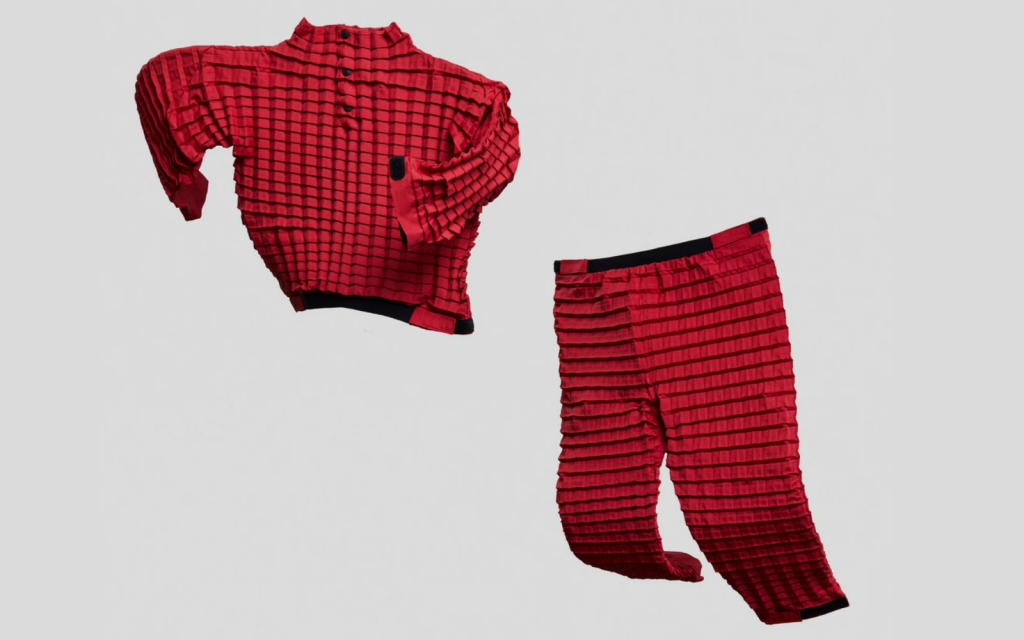
Children grow undergo approximately seven growth spurts in their first two years of life. Prior to starting material technology company Petit Pli, founder Ryan Mario Yasin learned this lesson through personal experience. He searched for the perfect outfit for his new nephew, Viggo, and shipped the item to Denmark from London, but by the time it arrived it no longer fit. Dejected, he began his quest to develop garments that grow with children, prolonging the life of the product and impacting the fashion industry at large. Accordion-like inner structures allow the garments to stretch, while cinched cuffs and silicone grippers hold them in place. It’s Yasin’s experience as a trained aeronautical engineer that informed the unique idea.
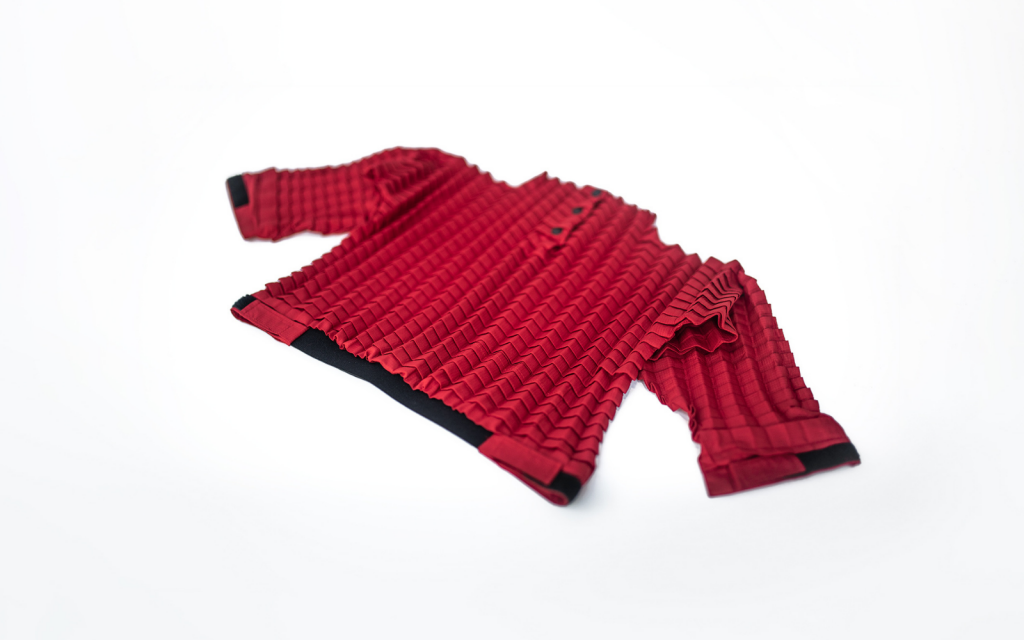
Before embarking on the project, Yasin had no idea about children’s sizing, the pace at which they outgrew their garments or the size of the overall market. (The global children’s wear industry was valued at $203.4 billion dollars in 2017.) “We’re principally a material technology company and we exist because the fashion industry is the world’s second largest polluter,” Yasin tells us. “And this is our major innovation: clothes that grow with children. There’s a structure embedded within the garment that grows bidirectionally to custom fit a range of ages, from nine months to four years, but we’ve also expanded that age range more recently. That’s seven discreet sizes.”
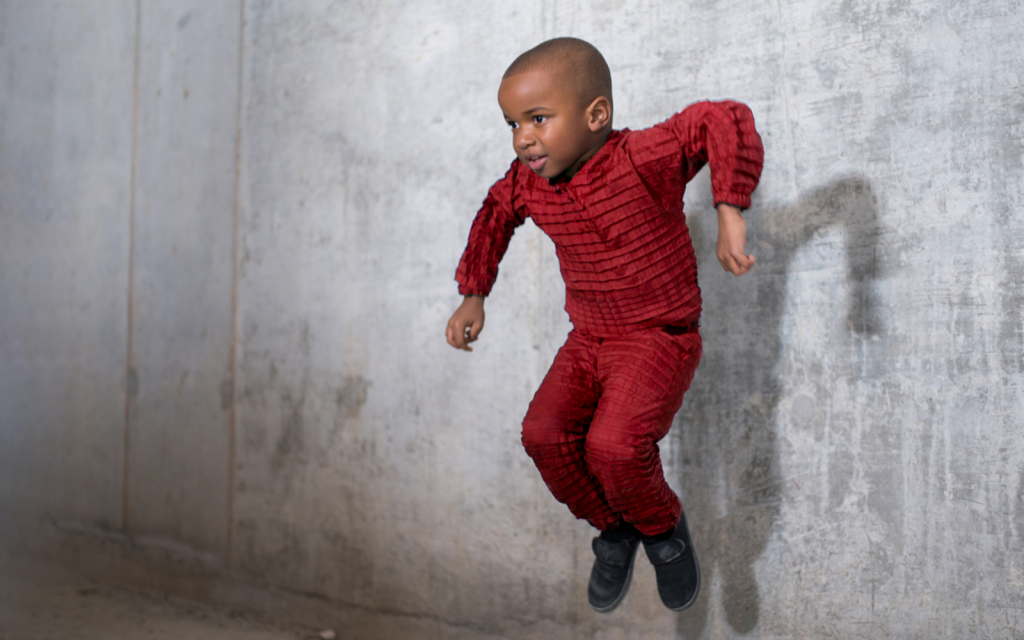
Divided into two age ranges, Newborn and LittleHuman, Petit Pli’s designs favor practicality and technicality; think of them like typical jumpsuits but with plenty of embedded tech. For example, the company’s pullover is waterproof, reflective, ultra-durable, non-restrictive and lightweight yet insulating. Plus, each piece is constructed from seven recycled water bottles and boasts biodegradable stain-repellant coating. Kids are, Yasin adds, “always on their hands and knees. They’re like these little extreme athletes.”

The clothing certainly caters to the wants and needs of young children—range of motion, perhaps an eye-catching color, freedom to get dirty—but it also aims to inspire them. “We really want to inspire the next generation, to inspire them to think more innovatively, scientifically and practically about how to design things for the future. I think we’re having quite a strong impact in that sense, where we have ‘LittleHumans’ dreaming of being astronauts and things like that, which is really inspiring for us,” Yasin says. “And all of our packaging is zero waste. When a child receives the Petit Pli box, they can actually turn it into a jetpack and wear it with their new suit.” The shipment contains these instructions, a nod to Yasin’s passion for aerospace.
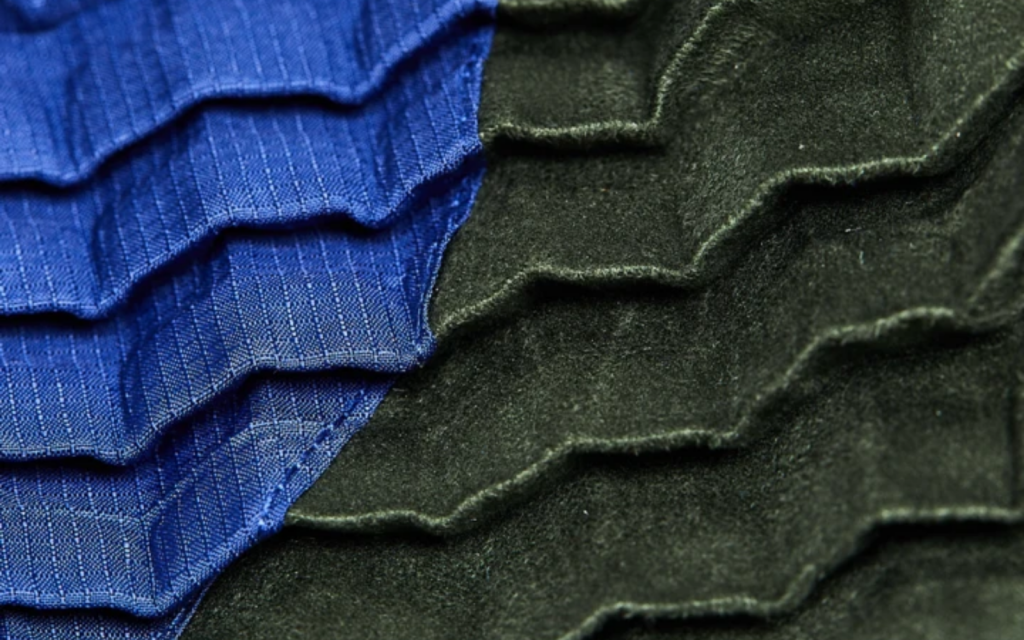
This passion also impacted the way Yasin designed the original prototypes. Initially, he “tried not to be distracted too much by what it could look like,” instead trusting the longstanding design principle: “form follows function,” he says. “Similar to my background in aeronautical engineering, when you design a plane, you design it based on the formula that you have at hand, and you try to create the best shapes for that application. [Petit Pli] came about from testing lots of different types of structures within the textile. This is the structure that ultimately allowed me to create a design which anatomically fits all of these ages.”

But this structure also boasts applications beyond children’s clothing. Petit Pli also produced a well-received face mask for adults that wraps around the neck rather than tugging on the ears. (Yasin explains that people who wear hearing aids have been buying them in bulk, citing the fact that all others interfere. It was also honored as one of Time’s 100 Best Inventions of 2020.)
The concept of clothing that can grow aims to upend the fashion industry. Yasin tested different manipulators that could trigger both the expansion and retraction in the fabric—”using voltage to essentially morph textiles and see if they could expand and contract for different applications,” he says—but these solutions proved too costly, thus raising the final price of the product to niche, luxury levels. His final design are more natural, easy to scale and significantly more affordable.
“The more I delved into the garment industry, the more I realized how interconnected all the stakeholders were and that by affecting one stakeholder with the solution for them, you could actually have a negative impact either upstream or downstream on other stakeholders,” he explains. “The solution that I was looking to come up with was something that would have a holistically beneficial impact on all the stakeholders—so by helping one, you wouldn’t actually negatively impact the others, you would also help them in some way.”

“We are using recycled materials to manufacture the products, taking bottles out of waste and turning them into a more useful textile. [We’re also] streamlining the manufacturing process,” he says. “Instead of cutting seven different sizes and transporting the seven different sizes all over the world and having to worry about the stock levels of all of those different sizes, you only have one size to worry about. That’s not only great for the manufacturer, but it’s also great for a retailer. It also means that you have a much lower return rate.”
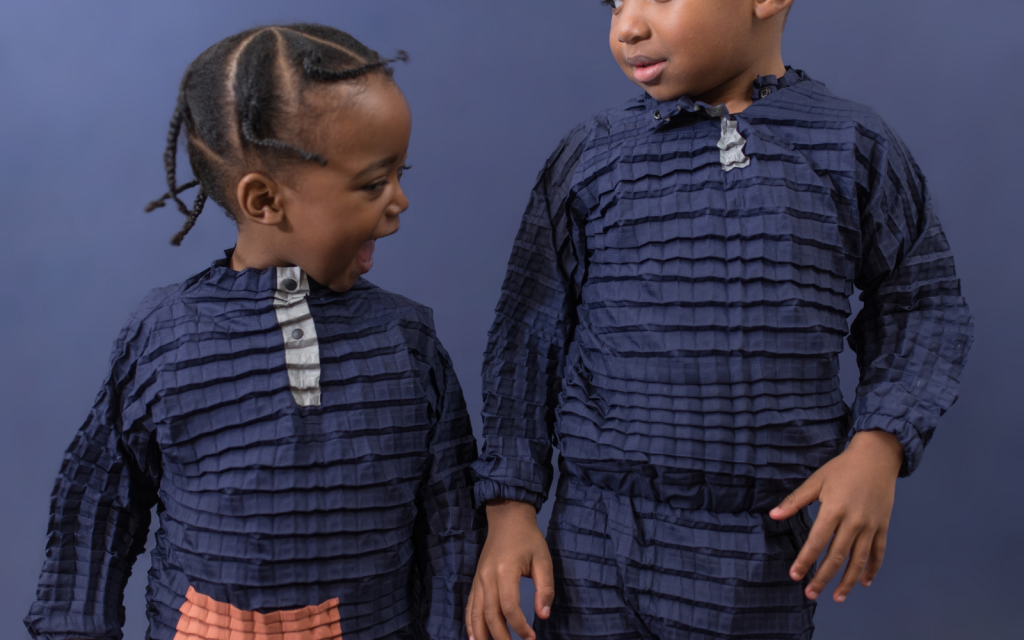
Making a garment that spans several sizes eliminates the possibility of an improper fit. The cuffs are adjustable; the waist and legs too. This reduces returns and the accompanying negative impacts. “Currently, the stat within fashion is that around 40% to 70% of sales actually get returned because of people trying multiple sizes and returning the size that doesn’t fit,” Yasin tells us. “And this has become even worse in the last year.”
For now, Petit Pli offers a practical solution for humans of a certain age. Next, the brand hopes to offer the same technical apparel to everyone—including expecting mothers with their forthcoming maternity line.
Images courtesy of Petit Pli












